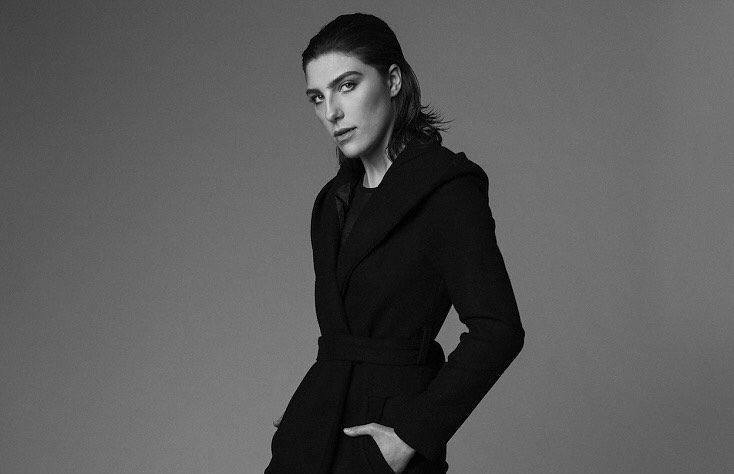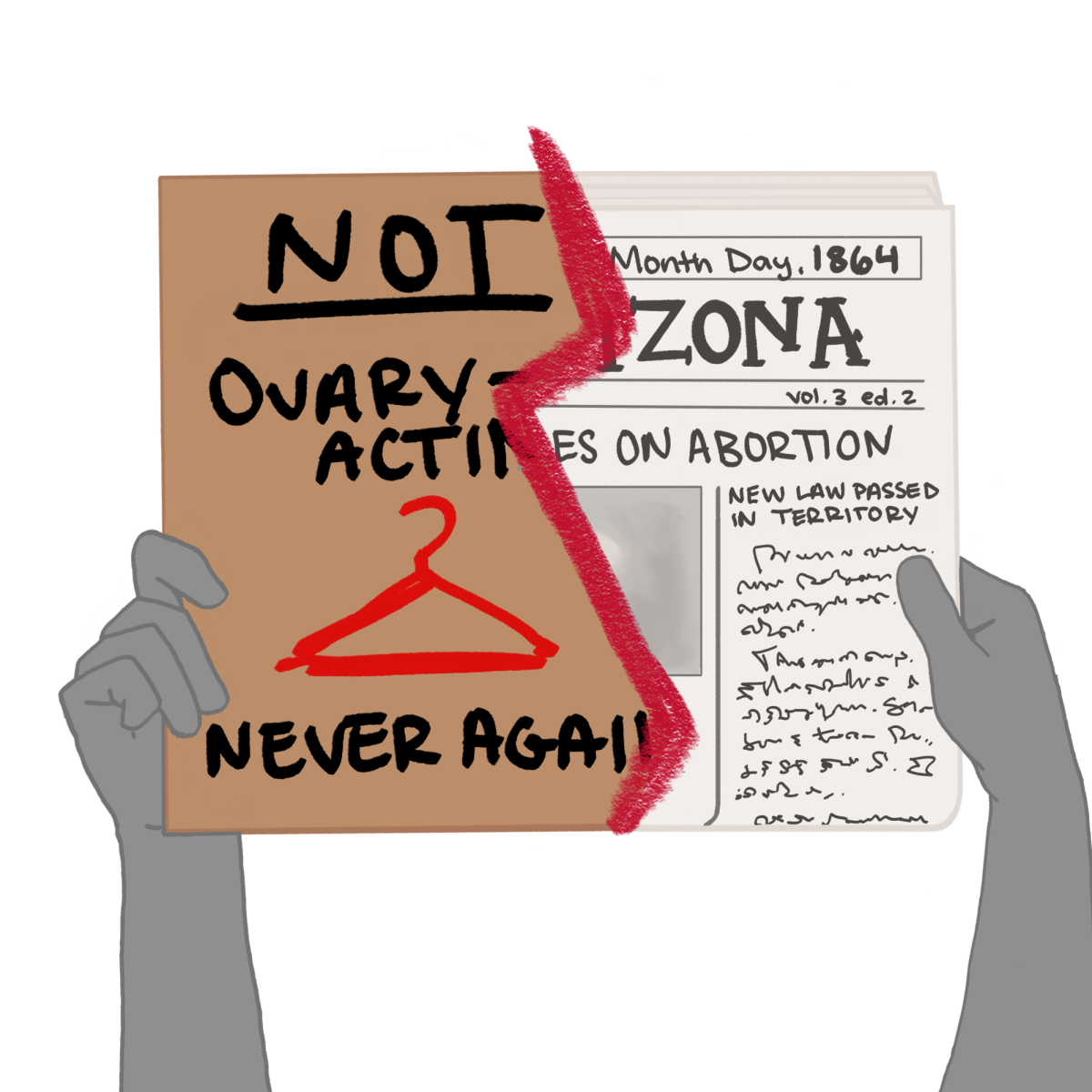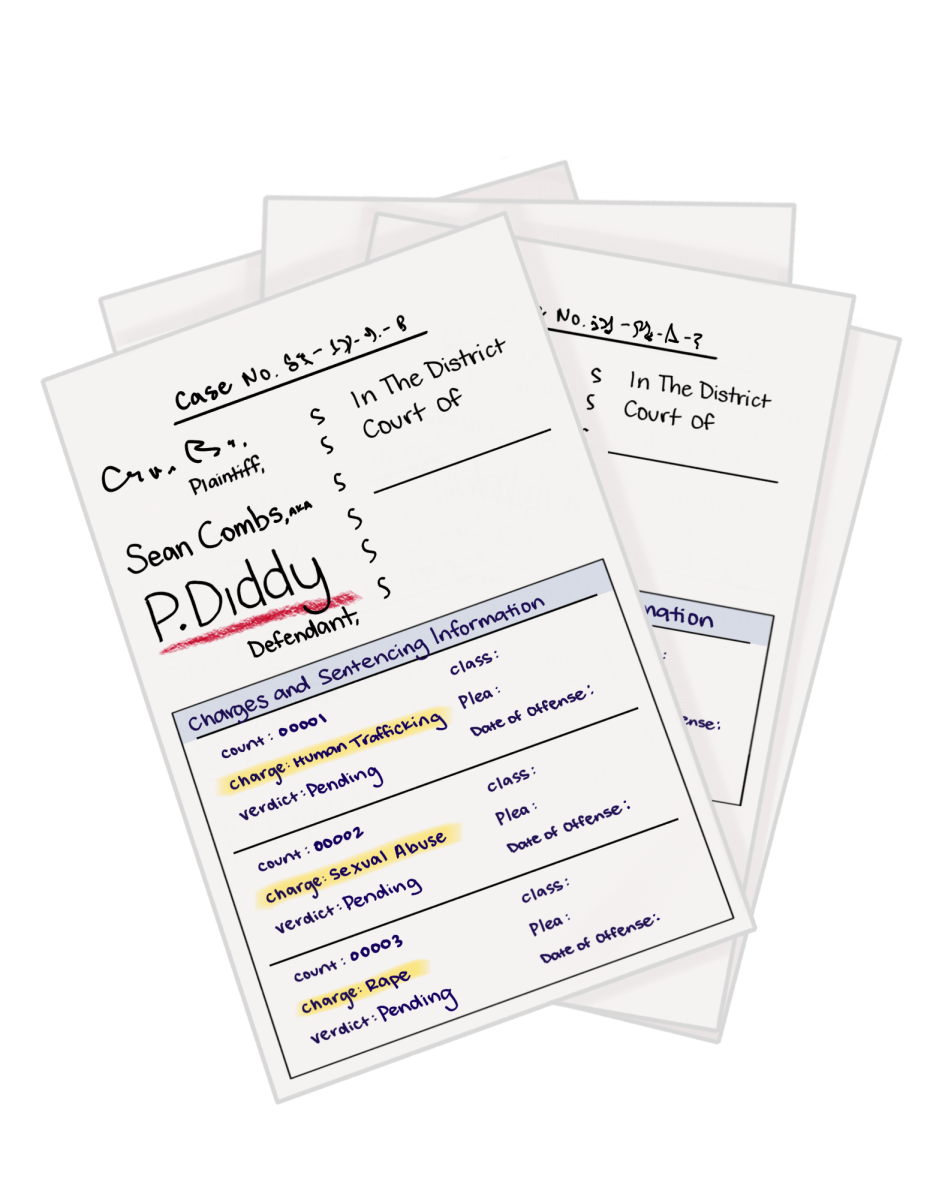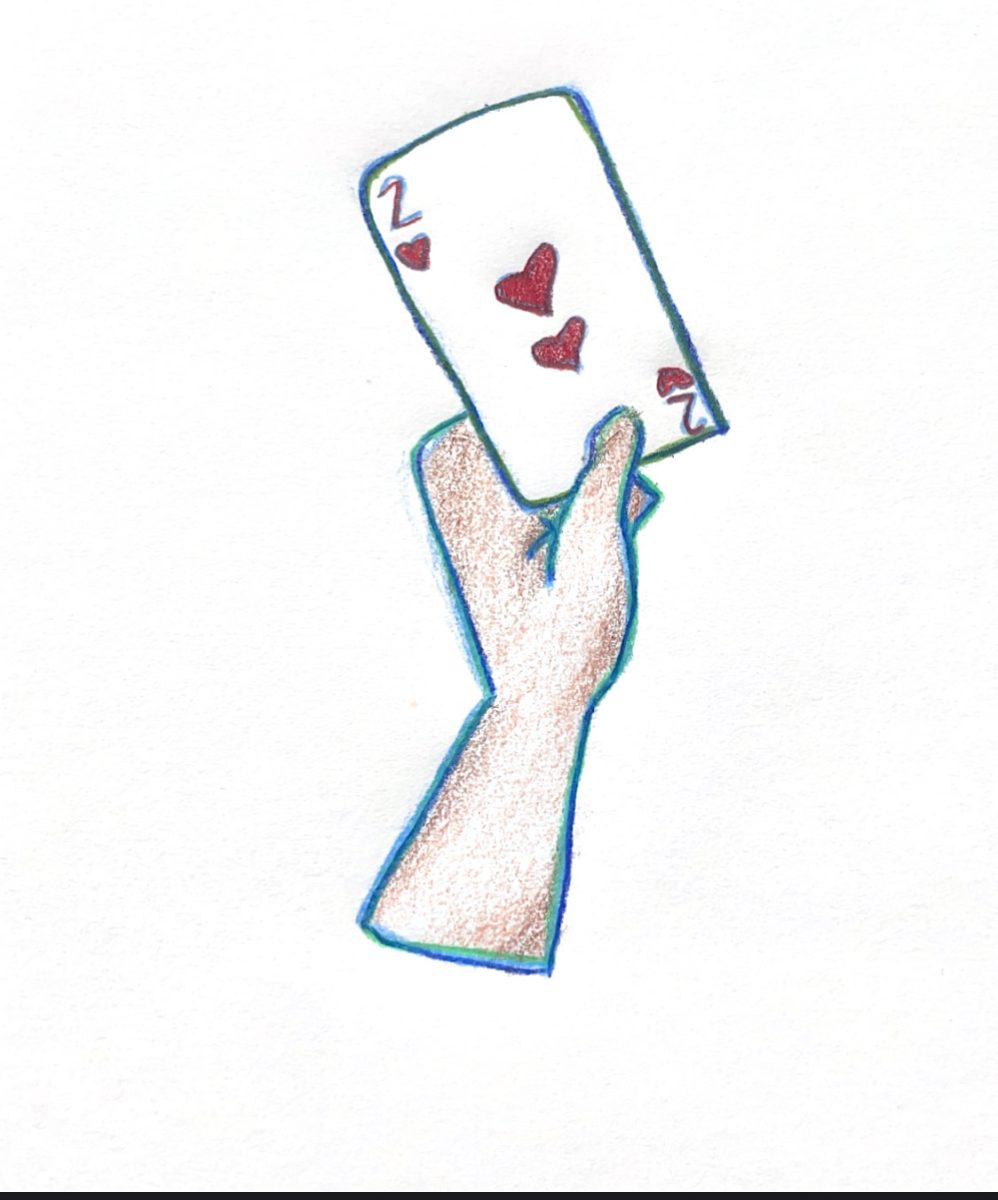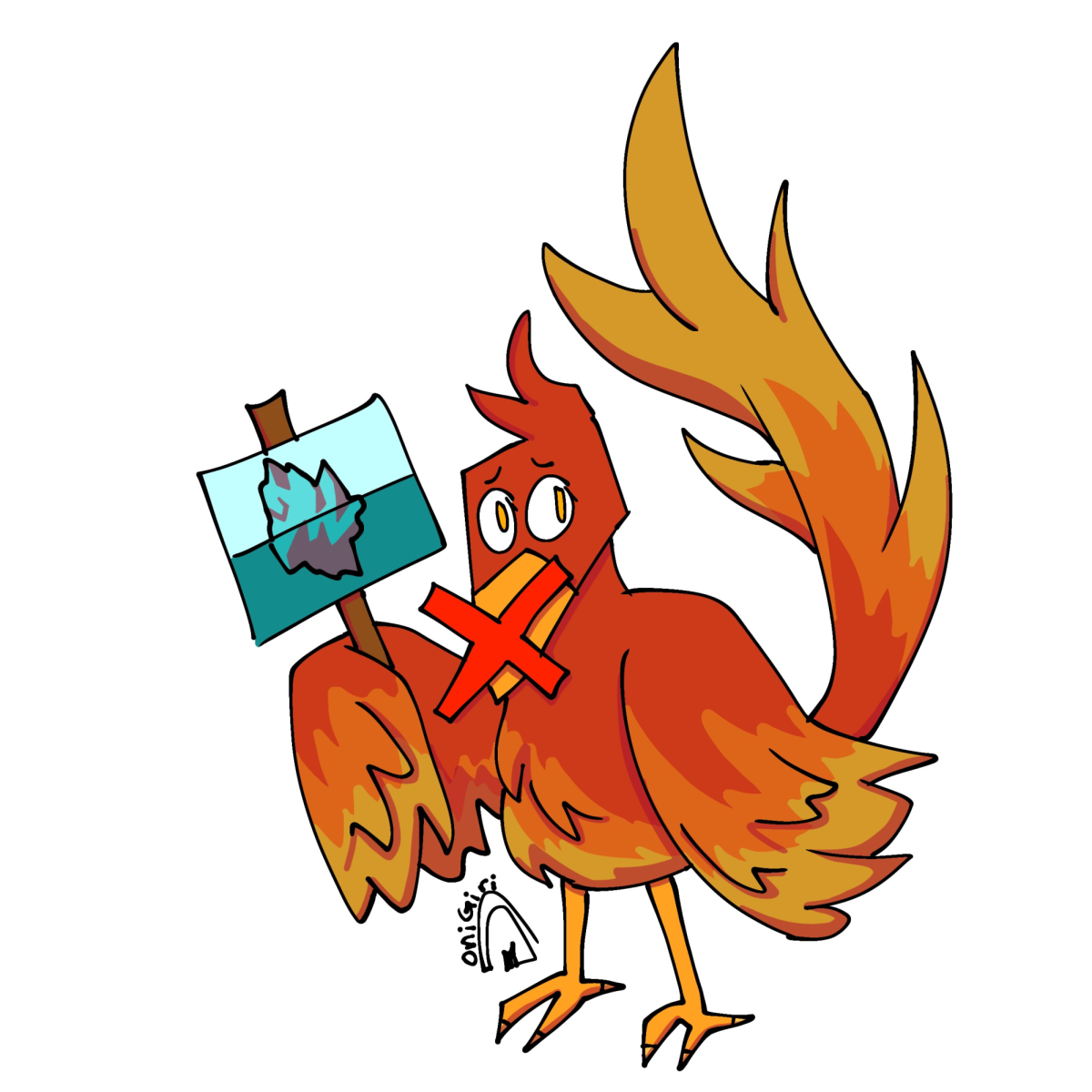New York Fashion Week 2018 came and went with a bang in early February. Most people saw artistic pieces sashaying down the catwalk, from billowing dresses to asymmetric ensembles; to me, it wasn’t the eye-catching outfits that were worth conversation. Instead, it was the models: stick-thin, with emaciated limbs, protruding collarbones and a haunted look in their eyes. Sadly, such images are not only typical but praised in the world of fashion. I would know; I used to be one of them.
From ages 15 to 19, I worked as a runway and print model. It all began when a friend of mine, who was a successful model, encouraged me to go to her agency. As someone who spent her life craving validation from others, this suggestion that I could become a glamorous model fascinated me. I soon found myself in front of the camera, relishing in the attention that came from receiving praise for being “tiny” and “androgynous,” among other industry buzzwords.
Quickly, modeling took over my life, as did the agency that signed me. They sent me to training and turned me into someone whom I did not know. I realize now that my booker took my rabid willingness to get recognized as permission to mold me into the “perfect product.” However, at the time, when she had my hair chopped off, took over my wardrobe and assigned me a new “model-perfect” personality, I saw these changes as a fresh start. Therefore, I spent high school living a double life going from photo shoots, runway shows and castings, to classes, thespian rehearsals and golf practices. After graduating from high school, I continued my modeling career by taking a gap year to work in New York City.
Long story short, I am no longer modeling. Today, I am a full-time college student happily exploring the opportunities within the world of journalism. Never again will I be just a made-up, vacant face on the runway. I want to share my journey from starving model to a woman who is free to chart the course of her future, in hopes that no young person has to feel the way I did regarding appearance. Though I have learned to love myself, inside and out, I still battle to regard the body in my mirror as good enough.
When I was modeling, I dieted enough to average a size 00 to fit into designer sample sizes. In contrast, most of my high school friends wore clothing sizes between 12 and 14, and I could tell from the way they complimented my body that they were jealous of my “model looks.” But to the fashion industry, I still did not meet the unattainable standard of perfection.
Seeing my air-brushed images displayed in magazines, I began to understand that even models don’t look like the images they portray. I saw the truth behind society’s toxic obsession with the unrealistic body sizes and shapes shown in media and understood how this contributes to body dissatisfaction for women and men of all ages. However, regardless of this realization, surrounded by fabricated people emblazoned on every visible advertising surface, finding satisfaction with my body was a battle that required me to have a realistic perception of a healthy body, and I didn’t have that.
Not only did I have to make sure I was thin enough to be seen worthy as a model, but I also had to hand over my body as a piece of property. I often unknowingly put myself in vulnerable positions to satisfy clients.
At age 15, during my first runway show for Dallas Fashion Week, a videographer pressured me to take my skirt off for the backstage reel. Luckily, nothing worse happened to me, but I compromised the way I viewed my body and my feelings of self-worth.
Unfortunately, this dangerous and traumatizing practice of treating models as commodities is all too common. The #MeToo movement saw many models come forward with stories about being taken advantage of at photo shoots or in meetings behind closed doors at their agencies. I’ve come to understand that behind public appearances, most models struggle to obtain treatment as more than human beings masquerading as clothes hangers.
Little did I know, the way the fashion industry treated me would negatively affect more than just me. While trying to achieve my dream of making it into Vogue, depression, anxiety and an eating disorder entered my life and crushed my relationships with friends and family. At one point, I became so ill from my conditions that I was out of work entirely. However, after regaining strength and relearning how to take care of myself, a client sent me away from a casting because I wasn’t skinny enough. Only then did I finally realize that I am more than the measurement of my waist, hips and thighs.
I am happy to report that body positivity in the fashion industry is a growing trend in today’s news with spearheaders such as Ashley Graham, an American plus-size model, and Mia Kang, an internationally acclaimed model and body diversity activist.
Though Graham and Kang are currently empowering women of all sizes globally, fashion industry members like them are few and far between. I can only imagine if I had leaders like them to look up to when I was modeling, how different my experience with my body image and mental health would be today.
I believe it is imperative to the success of young people that the beauty industry represents models of all sizes, shapes and colors. The women of today, including myself, need to be reminded how much they have going for them and that it has nothing to do with how they look.






